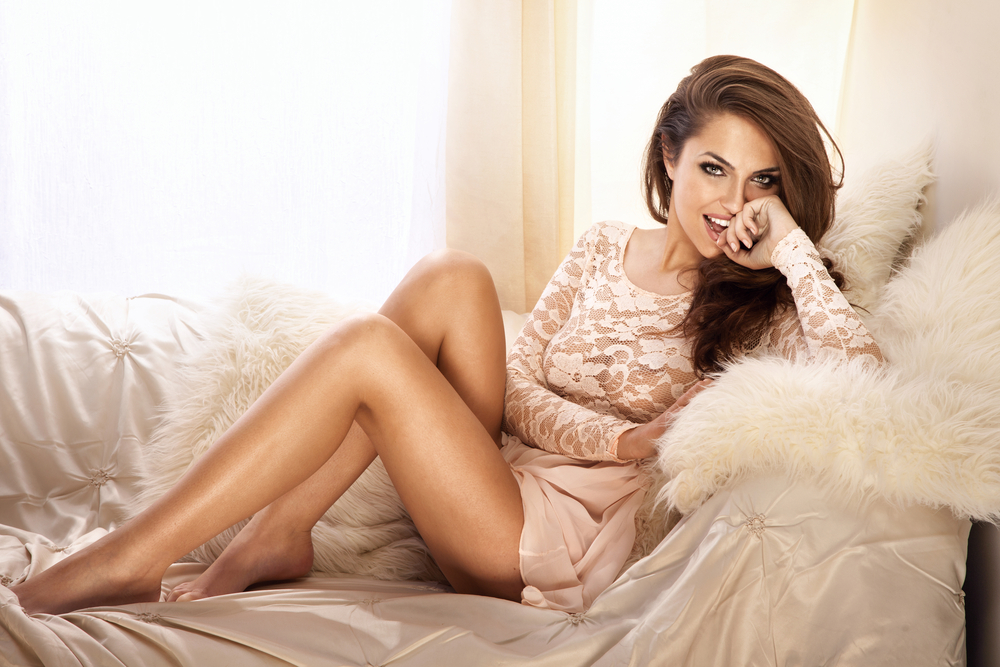
The world of modeling is often associated with glamour, beauty, and perfection. From high fashion runways to stunning magazine covers, it's hard not to be captivated by the mesmerizing images that grace our screens. But what truly goes into creating these captivating moments? In this article, we will delve into the art of modelling , unveiling the secrets behind the runway and camera in photoshoots.
Understanding the Role of a Model
Models are not just clothes hangers or pretty faces; they are storytellers, conveying emotions, narratives, and concepts through their poses and expressions. A successful model masters the art of connecting with the viewer, creating a unique and memorable visual experience. They become the embodiment of the designer's vision, transforming mere garments into living, breathing entities.
Building Confidence and Self-Expression
Contrary to popular belief, modeling is not solely based on physical appearance or height. Confidence, self-expression, and adaptability are equally important traits. Agencies and clients look for models who can exude confidence and engage with the camera effortlessly. Poses, expressions, and body language are all tools a model uses to communicate a specific message or mood.
The Power of Poses and Body Language
Models practice a wide array of poses to effectively communicate the desired message. From fierce and empowering poses to soft and delicate ones, each movement tells a story. A simple tilt of the head or a confident stride can drastically transform the overall narrative of the image. Mastering the art of posing takes time and practice, with models constantly experimenting with different angles and movements to find what works best for them.
Maintaining a Healthy Lifestyle
The physical demands of modeling necessitate a commitment to a healthy lifestyle. While it's crucial to maintain a well-balanced diet and exercise regularly, it's equally important for models to prioritize their mental well-being. The industry can be highly competitive and demanding, so taking care of oneself emotionally and mentally is vital for long-term success. Surrounding oneself with supportive friends, family, and professionals can help navigate the pressures and challenges that come with the profession.
Collaboration and Teamwork
In the world of fashion, a successful photoshoot or runway show is a result of a well-coordinated effort between multiple professionals. Models, photographers, stylists, makeup artists, and hair stylists all work together to bring a concept to life. Building strong professional relationships and learning how to collaborate effectively is a key skill for models. The ability to take direction and adapt to different working styles contributes to a smooth and successful shoot.
The Camera's Perspective
Understanding how the camera sees and captures images is essential for models. Television cameras, for instance, may make objects appear larger, while high-resolution cameras may reveal every pore on the model's face. Models must adapt their facial expressions and movements accordingly to ensure they look their best on camera. This knowledge enables them to adjust their poses and expressions to suit the desired outcome.
The Runway: A Unique Stage
Walking the runway is an art form in itself. Models must master the art of maintaining composure, pace, and synchronization with the music, all while showcasing the designer's garments. A strong runway presence, along with flawless poise, is the key to leaving a lasting impression on both the audience and industry professionals.
Frequently Asked Questions:
Q1. Can anyone become a model, regardless of their physical appearance?
A1. While physical appearance is a significant factor, modeling requires more than just looks. Confidence, adaptability, and the ability to convey emotion are equally important.
Q2. Are all models tall?
A2. While height is often preferred in the fashion industry, there are opportunities for models of all heights. Different segments, such as commercial modeling or niche markets, cater to a variety of body types.
Q3. How can aspiring models improve their skills?
A3. Practice is key. Aspiring models can develop their skills by studying successful models, practicing different poses, and working with professional photographers or agents.
Q4. Is it necessary to hire professional photographers for a portfolio?
A4. While professional photographers can elevate the quality of portfolio images, it is not always necessary, especially for beginners. Starting with simple, well-lit snapshots can suffice initially.
Q5. What challenges do models face in the industry?
A5. The modeling industry is highly competitive and demanding, with challenges ranging from fierce competition to body image concerns. Models must navigate rejection and maintain a healthy balance between work and personal life.
In conclusion, modeling is an art form that requires much more than just good looks. Models must possess confidence, adaptability, and the ability to communicate emotions through poses and expressions. Their role goes beyond being a mannequin for fashion; they become the storytellers who bring life to designer's visions. By understanding the secrets behind the runway and camera, aspiring models can navigate the competitive industry with grace and success.
Other useful resources
- https://en.wikipedia.org/wiki/Category:Modeling_agencies
- https://en.wikipedia.org/wiki/Category:Models_by_modeling_agency
- https://en.wikipedia.org/wiki/Modeling_agency
- https://www.planetmodelphoto.com